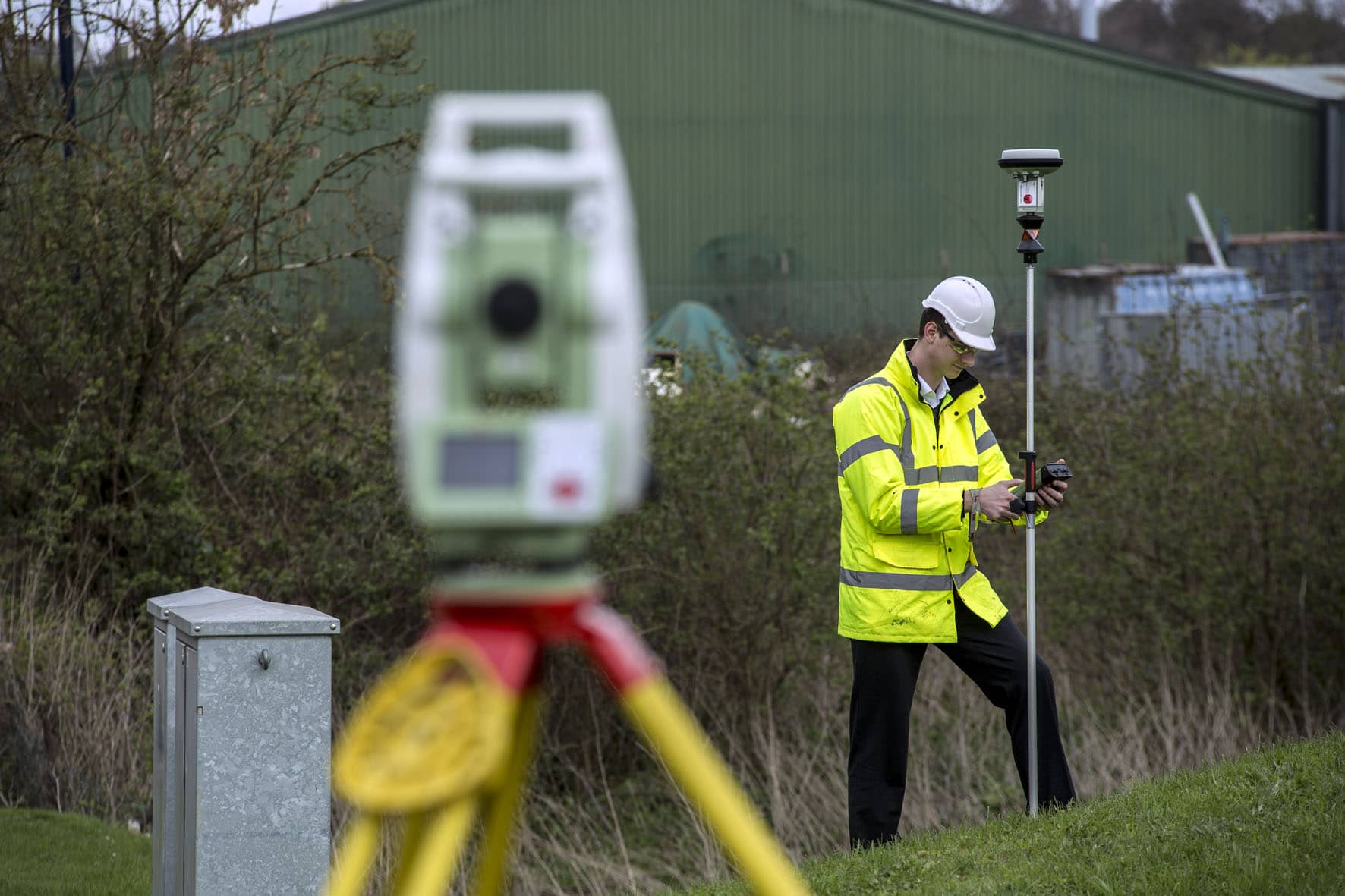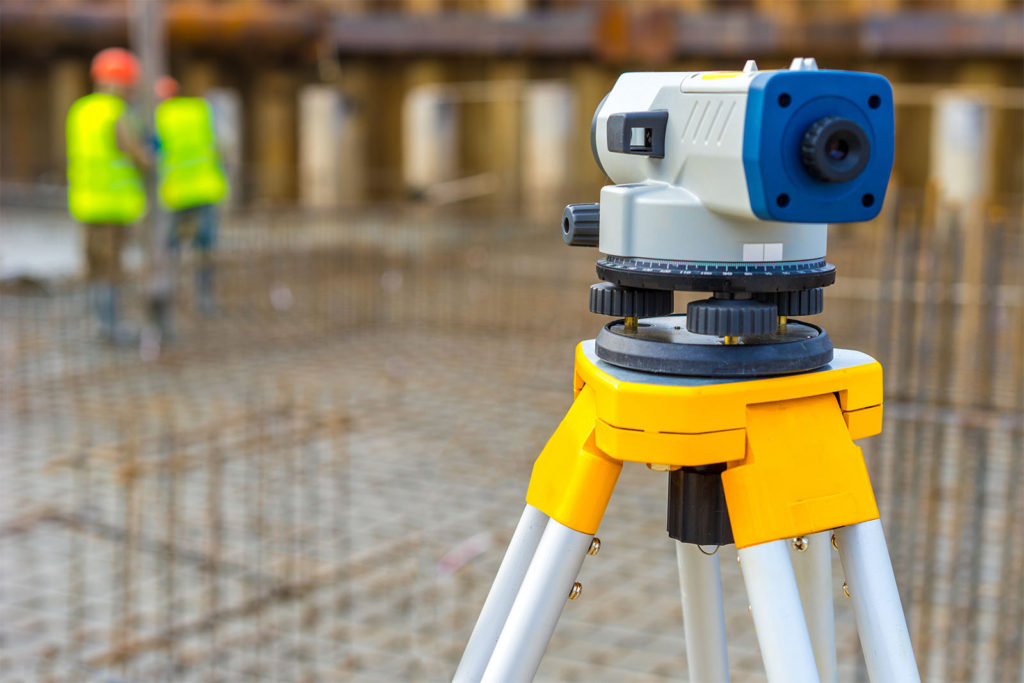The Essential Role of Setting Out Engineering in Modern Construction
The Essential Role of Setting Out Engineering in Modern Construction
Blog Article
Vital Tools and Techniques in Establishing Out Engineering
The self-control of setting out engineering counts heavily on a collection of vital devices and techniques that underpin the accuracy and effectiveness of job implementation. What implications does this hold for future design practices?
The Value of Accurate Dimensions

The importance of exact measurements prolongs beyond mere compliance; they are important to the general efficiency of design processes. Mistakes can lead to material waste, task hold-ups, and increased labor prices, ultimately affecting the task's bottom line. Furthermore, precise measurements enhance the top quality of the end product, making sure that it does as intended and meets the expectations of stakeholders - setting out engineering.
In addition, the relevance of accurate measurements is apparent in different design techniques, including civil, mechanical, and electric engineering. Each area demands an unique strategy to dimension, yet the underlying necessity for precision continues to be consistent. As tasks become progressively complex, the reliance on accurate dimensions will only escalate, highlighting the demand for regular innovations in measurement techniques and technologies. Hence, promoting a culture that prioritizes accuracy is essential for the future of design.
Vital Devices for Setting Out
Laying out, an important phase in the design and building process, relies heavily on particular tools that make sure accurate location and positioning of frameworks. Amongst these tools, the property surveyor's level attracts attention, supplying precise horizontal dimensions vital for developing reference points. This instrument makes it possible for designers to determine altitude modifications and keep harmony throughout the project website.
The overall station is an additional indispensable device, incorporating electronic distance measurement with angular measurement capacities. This modern technology boosts efficiency and precision in catching spatial data, permitting effective site layout and preparation.
In addition, using gauging tapes and noting tools, such as chalk lines or risks, is essential for momentarily noting borders and vital points on the site. These standard tools, though straightforward, are crucial for ensuring clear communication amongst the building team pertaining to job requirements.
Last but not least, GPS innovation has acquired grip in establishing out procedures, offering real-time positioning information and significantly improving precision over typical techniques. Collectively, these necessary tools create the foundation of effective laying out techniques, eventually contributing to the effective implementation of engineering and building tasks.
Advanced Evaluating Techniques
Advanced checking strategies play a critical duty in improving the accuracy and performance of design jobs. These strategies encompass a series of techniques that give accurate information for layout and building and construction. Traditional methods, such as leveling and triangulation, have developed into much more innovative methods, consisting of Complete Station studies and International Navigating Satellite Systems (GNSS)
Total Station tools incorporate electronic theodolites with distance measurement abilities, allowing surveyors to gather specific location data with wonderful rate. This technology significantly decreases errors resource connected with hand-operated dimensions and offers real-time information processing. Additionally, GNSS offers unrivaled accuracy for large-scale jobs by using satellite signals to determine precise positioning, which is necessary for aligning structures and making sure conformity with style specs.
In enhancement to these devices, progressed strategies additionally incorporate geospatial analysis and 3D modeling. These techniques allow engineers to imagine terrain and website problems better, promoting far better decision-making during the planning phase. By using these sophisticated surveying techniques, engineering projects can attain higher accuracy in format, decrease rework, and eventually boost general task success.
Digital Technology in Engineering
The integration of digital technology has actually revolutionized design methods, enhancing both productivity and accuracy across various disciplines. Devices such as Building Info Modeling (BIM) help with the visualization and management of intricate projects, permitting engineers to team up seamlessly and make educated choices. This modern technology allows the production of comprehensive 3D designs, which can be evaluated for structural honesty and efficiency before building and construction starts.

The application of synthetic intelligence and maker learning in design processes further boosts anticipating upkeep and optimization of sources. These modern technologies allow the analysis of large data sets, resulting in better forecasting and boosted project outcomes. Overall, electronic innovation is improving the design landscape, driving development, and making sure that projects are completed with greater performance and reduced threat. As the market remains to evolve, embracing these devices will be necessary for future success.
Best Practices for Implementation
When carrying out digital innovation in engineering, it is essential to develop a calculated strategy that lines up with project goals and business capabilities. A detailed assessment of existing workflows and technology facilities is necessary to determine spaces and possibilities for renovation. Involving stakeholders early at the same time fosters cooperation and guarantees that the technology satisfies user requirements.

Project managers need to take on a repetitive application strategy, allowing for adjustments based on real-time responses and performance evaluations. This agile strategy not only alleviates threats but additionally promotes continuous renovation by incorporating lessons learned.
Conclusion
In verdict, the assimilation of crucial devices and progressed strategies in laying out design is crucial for ensuring accuracy in measurements and successful project execution. Using instruments such as property surveyor's degrees, overall stations, and GPS technology, along with contemporary checking methods, enhances accuracy and decreases the likelihood of mistakes. Adopting ideal practices in execution better optimizes these processes, eventually cultivating improved project outcomes in the engineering and construction sectors.
The self-control of setting out design relies greatly on a collection of important tools and techniques that underpin the accuracy and performance of job execution.Moreover, the significance of accurate measurements is obvious in various engineering self-controls, consisting of civil, mechanical, and electrical engineering. By using these innovative evaluating techniques, design projects can achieve higher precision in format, lower rework, and inevitably improve total job success.
Generally, digital modern technology is improving the design landscape, driving technology, and guaranteeing that projects are finished with higher efficiency and minimized threat (setting out engineering).In verdict, the combination of necessary tools and advanced methods in establishing out design is important for guaranteeing precision in dimensions and successful task execution
Report this page